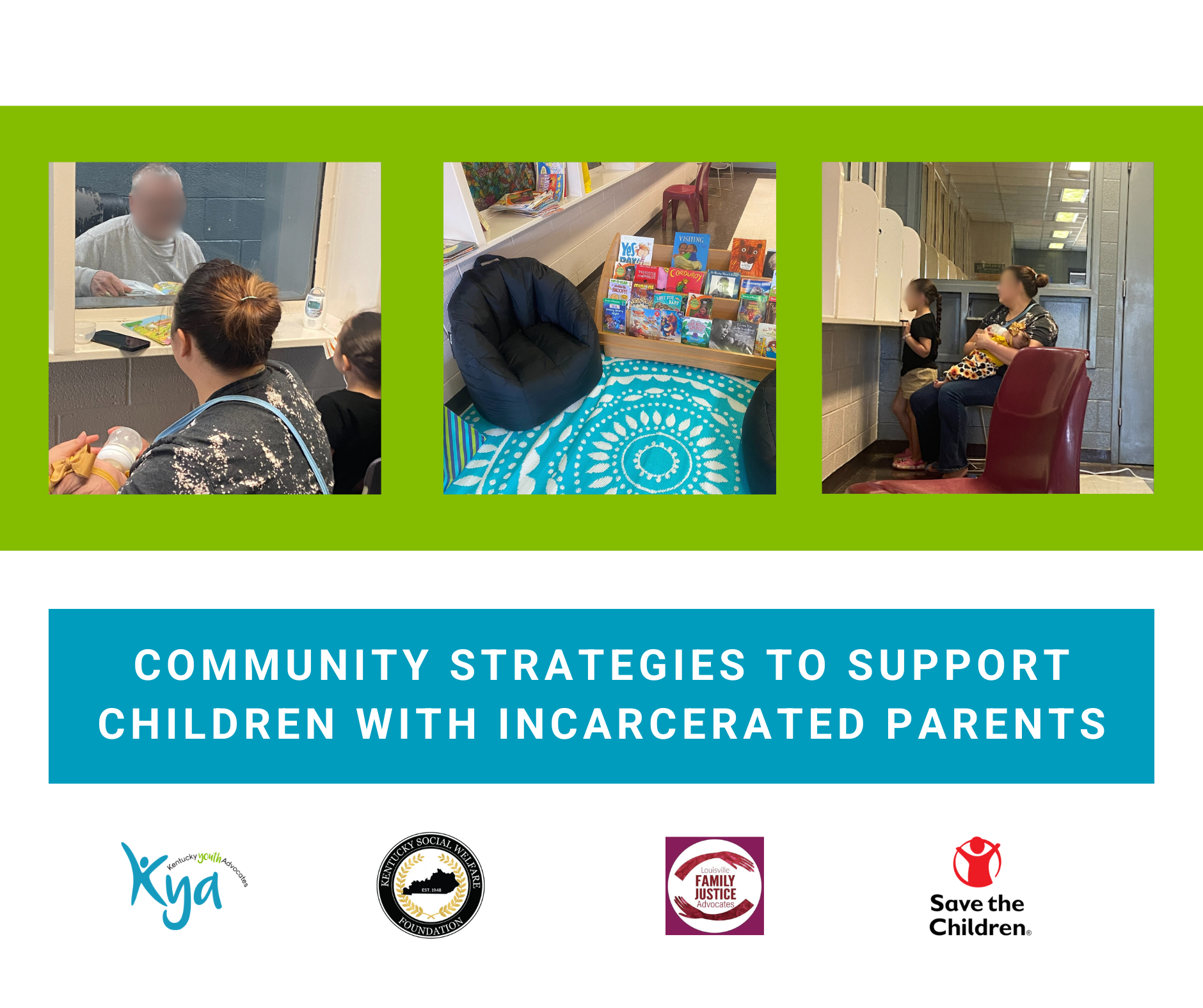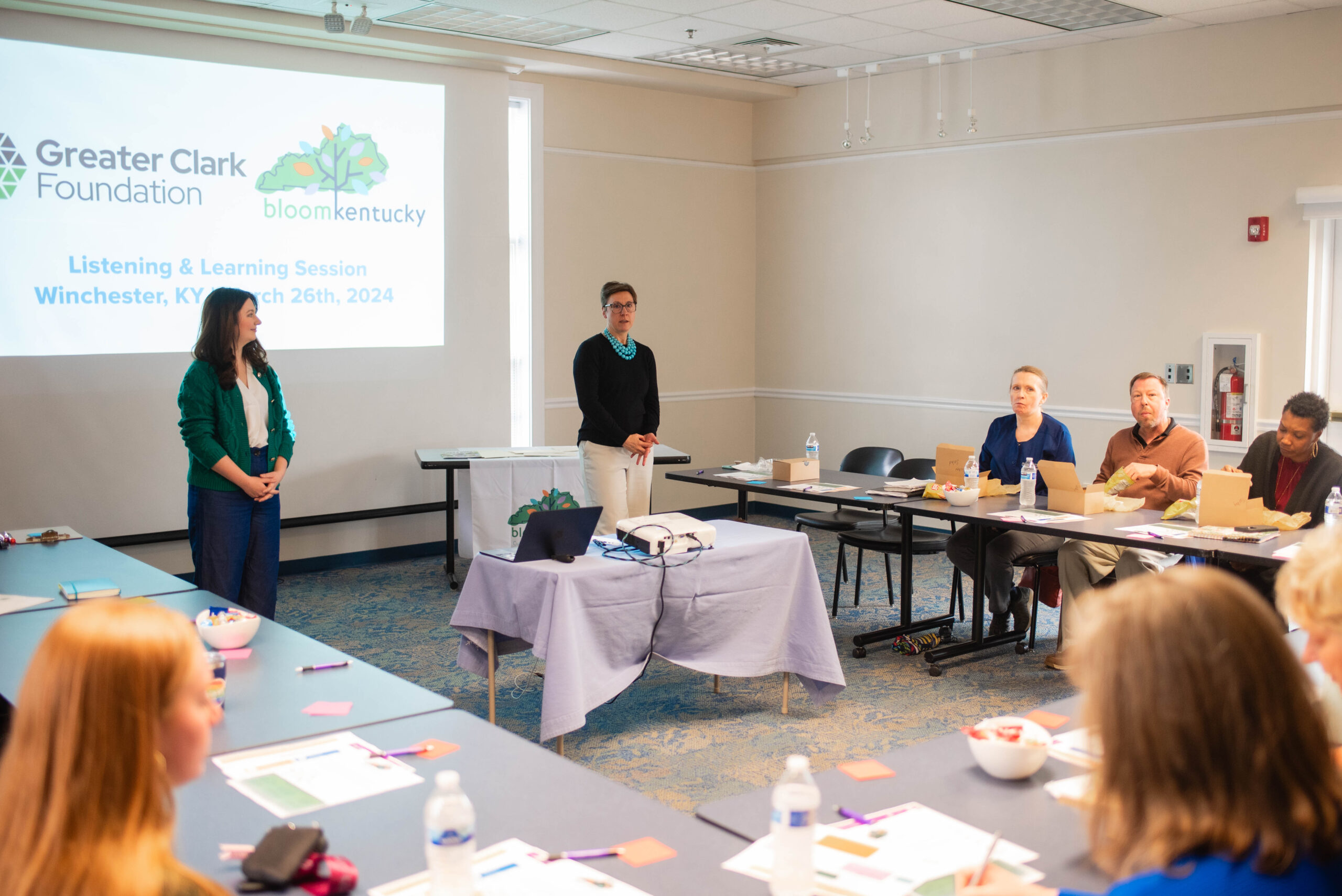 Social mobility is at the heart of the American dream – the belief and hope that through hard work one can move up the economic ladder of success. We know that social mobility has remained relatively stable over the entire second half of the twentieth century, but that’s not necessarily a good thing, because it has been persistently low. For example, 70 percent of people born into the bottom fifth of the income distribution (the bottom of the income ladder) never make it into the middle class (the middle of the ladder), and fewer than 10 percent break into the top fifth (the top of the ladder).
Social mobility is at the heart of the American dream – the belief and hope that through hard work one can move up the economic ladder of success. We know that social mobility has remained relatively stable over the entire second half of the twentieth century, but that’s not necessarily a good thing, because it has been persistently low. For example, 70 percent of people born into the bottom fifth of the income distribution (the bottom of the income ladder) never make it into the middle class (the middle of the ladder), and fewer than 10 percent break into the top fifth (the top of the ladder).
A month ago, two new studies on social mobility were released and received a lot of media attention because they are unearthing an important piece of the puzzle.
In one study, the authors looked at data for more than 5 million U.S. families who moved from one county to another, and estimated how living in each county in the U.S. would affect children’s earnings in adulthood. To see how your county compares check out this interactive site. In the other study, the authors examined the impact on children’s future earnings due to moving from high-poverty public housing projects to low-poverty neighborhoods through subsidized housing vouchers.
This new research tells us that where poor kids grow up has a huge effect on how much money they earn as adults – yet another way in which place matters. In addition to the location making a difference, the amount of childhood spent there matters as well. Every extra year of childhood spent in a better area results in more social mobility (see the chart at the top of this article), so the younger children were during the move, the better they did. They also found that the outcomes for boys varied more across areas than for girls, with boys having especially poor outcomes in highly-segregated areas.
What really excites those interested in ending intergenerational poverty is that this research makes clear that place does indeed affect social mobility. It’s not just a matter of neighborhoods attracting those who would succeed or fail anyway; there is something inherent in neighborhoods that nurture success or failure. Therefore, we can help more children escape poverty through place-based strategies. The counties that produce better outcomes for poor children tend to have five characteristics, though we don’t yet know whether these five characteristics are directly causing the difference in outcomes. Low-income children are most likely to succeed in counties that have: 1) less concentrated poverty and residential racial segregation, 2) less income inequality, 3) better schools, 4) a larger share of two-parent families, and 5) lower violent crime rates.
Based on this research, there are two different approaches available for boosting social mobility for poor children. The most obvious solution is to move poor families into the areas that will produce more social mobility for their children. This could be achieved in part through subsidized housing vouchers (like Section 8), however priority would need to be given to families with young children for the move to have the greatest impact. Also, voucher amounts would likely need to increase so those families can find a place to use their voucher in the better, low-poverty areas. Since federal funding for Section 8 is unlikely to grow, we also need to create other affordable housing opportunities in good neighborhoods for low-income families. Public policy needs to incentivize the development of affordable housing in these better areas.
It is not feasible to move all low-income families, and not all low-income families would choose to move. So, a two-pronged strategy is necessary, with the other solution being investment in those places that currently provide low-levels of opportunity for children. We can’t afford to leave whole neighborhoods behind, so let’s build them up. There are a number of policy changes at the federal, state, and local levels we can make to instill the features of better areas into low-income communities.
To learn more about this research, check out the Equality of Opportunity Project site where you can find executive summaries and slides and videos on the research, which are easier to digest. Also, I highly recommend listening to this seminar from the Brookings Institution for a discussion on how to translate this research into making social mobility a reality for more children.






Leave A Comment